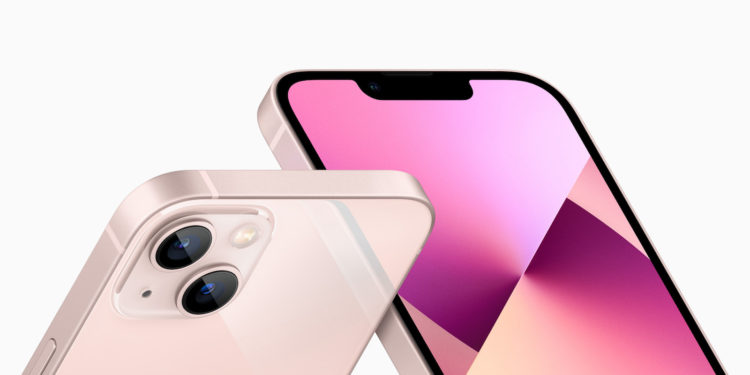The changes made by Apple to the design of the iPhone 13 screen make it difficult for third-party manufacturers to replace the panel. In other words, attempting to replace a damaged display will result in the loss of Face ID support.
A broken display is a very common problem that forces smartphone users to seek repairs, either directly from the manufacturer or through an independent repair shop. In the case of an iPhone, things are a little different. If the screen needs to be replaced, this can only be done by Apple itself or an authorized repair partner. According to Phone Repair Guru on YouTube Replacing the screen with a replacement screen from an identical iPhone 13 model only works technically. If this process is carried out, a warning will appear stating that it is not an original screen and that Face ID will not be available.
iPhone 13: Display repair requires intermediate step
Although it is an original Apple display, the message means that an additional step in the repair process must be carried out for the display to be accepted by the device. While replacing the display is problematic, repairs to other components such as the microphone, proximity sensor or ambient light sensor should still be possible. This is not the first time that a screen repair by an independent workshop can cause problems with an iPhone. In 2018, iOS 11.3 disabled the touch functionality on iPhone 8 models that were repaired by independent workshops. In some cases, it was also found that the automatic brightness adjustment no longer worked and the ambient light sensor was disabled when iOS started. (Image: Apple)





